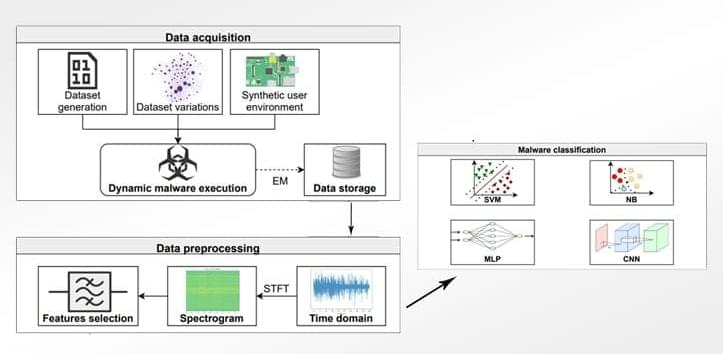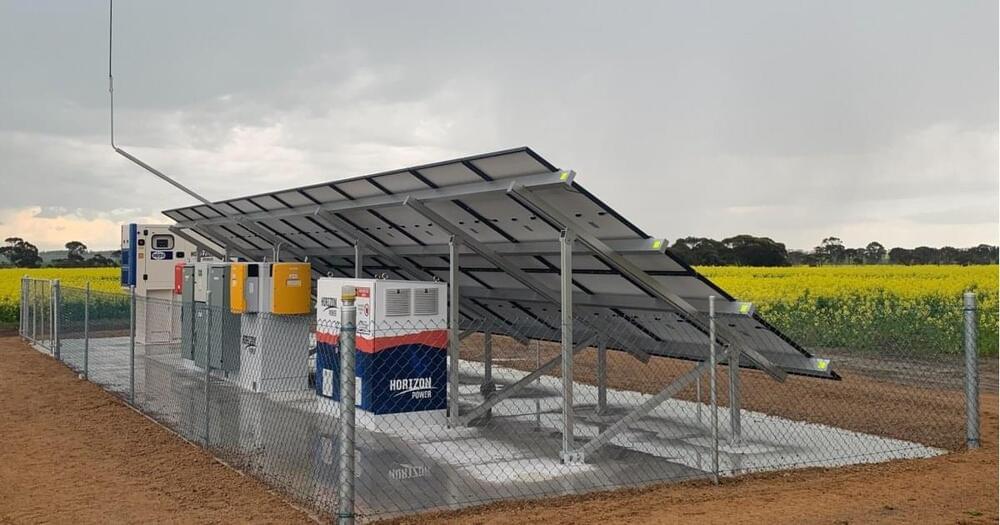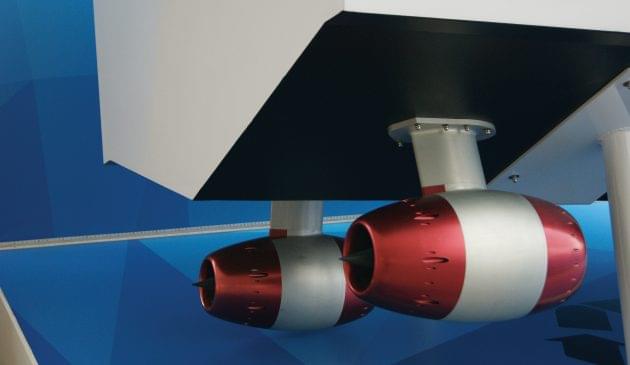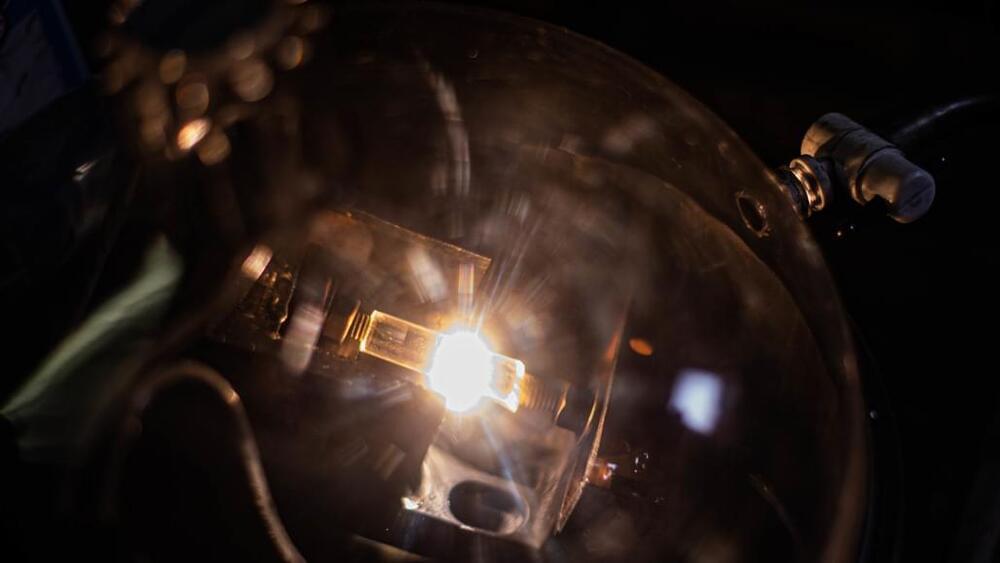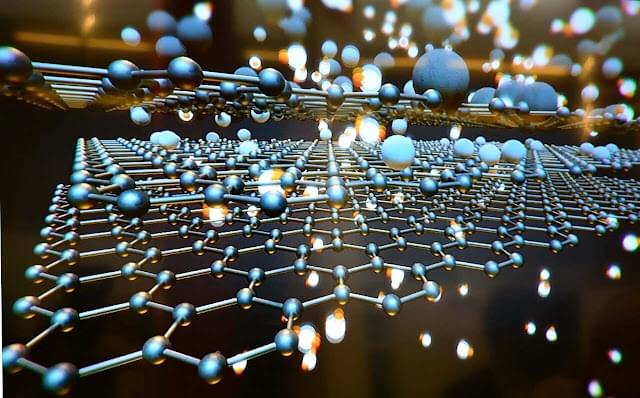Researchers demonstrate that electromagnetic signals emanating from IoT devices can be used as a side channel to detect various forms of malware.
Government-funded solar panel based standalone power system installations in WA’s Esperance region completed, with more on the way.
Italian start-up Sealence is promising dramatic gains in the speed and range of electric boats thanks to a radical new pod-shaped waterjet, reports Hugo Andreae.
Gobbo first proposed the idea back in 2007, using computer simulations to test its potential, before developing the first working prototype in 2010. However, it wasn’t until the arrival of Professor Ernesto Benini, an expert in fluid dynamics from the University of Padua, that its full potential started to be realised in 2016.
The team behind the project now comprises 21 different specialists including engineers, designers, hydrodynamicists and even a powerboat racer, who together form the parent company Sealence.
It’s no coincidence that the latest DeepSpeed prototype resembles the jet housing of an aeroplane engine as, like a turbofan, it is designed to funnel water (rather than air) in the front end and accelerate it out through a smaller nozzle at the back. However, instead of a central hub-mounted fan compressing it and combining it with burning fuel, the DeepSpeed jet uses impeller blades on a hubless revolving outer ring turned by a powerful electric motor.
Do you collect facts or nurture knowledge?
From SpaceX & Tesla, to Neuralink, OpenAI and The Boring Company, Elon Musk has demonstrated the ability to optimise the learning process, and it all comes down to two simple rules.
So I put together a quick guide so you can learn to optimise for success as well.
KEAR is a clever architecture to extend transformer models with common sense reasoning.
Circa 2020
Flash heating of carbon-rich wastes creates graphene, which has many commercial uses.
Cats are being taught to communicate using a button-word system. Scientists are listening closely.
Circa 2020
A team of chemists at McMaster University has discovered an innovative way to break down and dissolve the rubber used in automobile tires, a process which could lead to new recycling methods that have so far proven to be expensive, difficult and largely inefficient.
The method, outlined in the journal Green Chemistry, addresses the enormous environmental burden posed by tires, approximately 3 billion of which were manufactured and purchased worldwide in 2019. Most of those will end up in massive landfills or storage facilities, ultimately leaching contaminants into the ecosystem.
From the Terminator to Spiderman’s suit, self-repairing robots and devices abound in sci-fi movies. In reality, though, wear and tear reduce the effectiveness of electronic devices until they need to be replaced. What is the cracked screen of your mobile phone healing itself overnight, or the solar panels providing energy to satellites continually repairing the damage caused by micro-meteorites?
